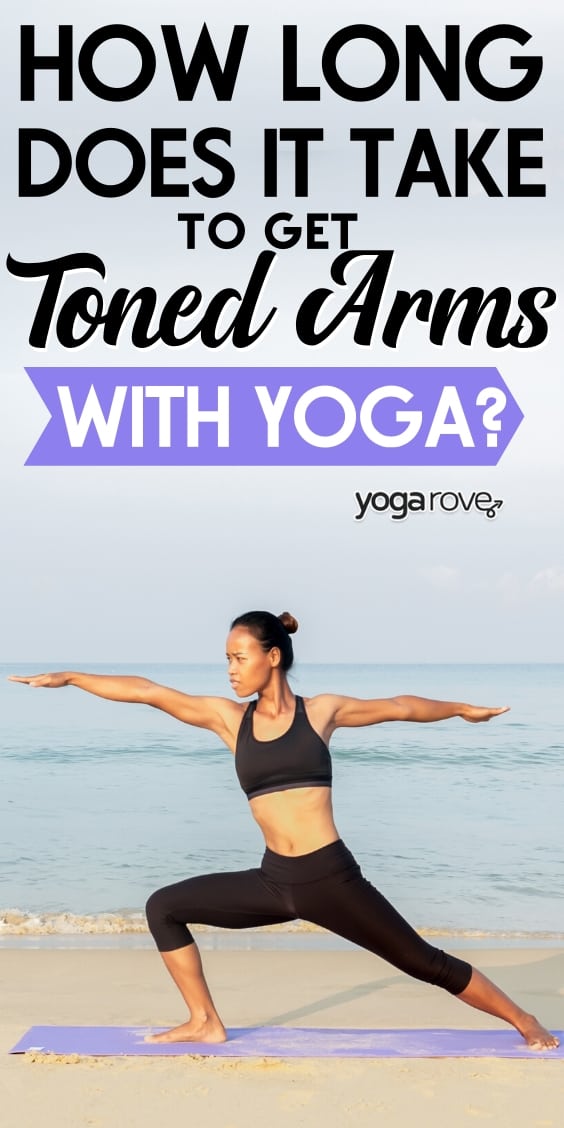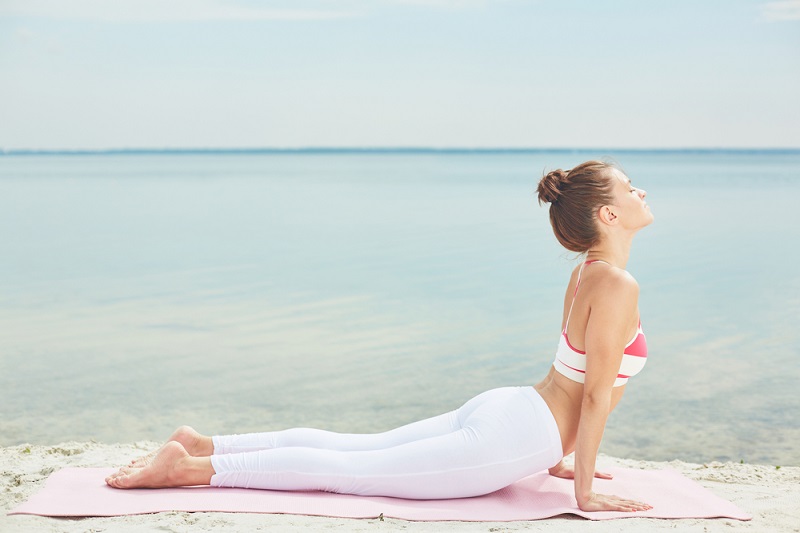
Strengthening your side muscles is essential to creating a tapered V-shaped line. The side muscles help define your entire core and assist in stabilizing and rotating your core. They are also important for blood flow and respiration. These muscles are essential for a yoga abs routine. Three poses that will help define your core are discussed in this article. All three are found at the top of this article. You can then add them to your fitness routine for the perfect yoga abs workout.
Dolphin pose
For a yoga abs work out, begin by placing your elbows and knees on the ground. Press the floor away with your forearms while keeping your legs straight and your hips lifted. Next, raise your chest towards the floor and let your head hang free. Inhale into the Dolphin position. Repeat the exercise three or four times. The pose's goal is to lengthen both the front as well as the back of the torso.
The Dolphin pose for yoga abs workout targets the rectus abdominis and strengthens the upper body. Start by bending your knees and placing your elbows shoulder width apart. Your toes should be under your hips. Place your forearms together with your heels toward the floor. This pose can be held for anywhere from 10 to 30 second.

Trikonasana poses
Traditional yoga schools have this pose taught as a 2-dimensional movement. You must align your hips like your shoulders. Some people do not have hips designed to support this pose. If you want to make sure that your body is in good alignment, it helps to practice Trikonasana with a stick. It will also help strengthen your core and enable your shoulders to move more freely.
This asana, also known as the foundational standing position of yoga, is called "Sansana". This poses opens the shoulders, strengthens the back and hamstrings. Trikonasana, a triangle-shaped pose, is very effective in working the abdominals. The triangle-shaped position activates core muscles which increases stability. It aids digestion. For the best results, practice this yoga abs workout with a yoga instructor.
Warrior III poses
Warrior III is a challenging posture that adds a forward bend to the body. You should activate all four corners by pressing the feet into the ground to ensure stability. Elevate the elevated foot by extending your toes. This is an excellent way to achieve balance in Warrior III. Alignment is key for all poses. Yoga warrior III should be practiced several times per week to achieve the best results.
Warrior III is one the most difficult yoga poses. However, it can help improve your balance and strengthen your abs. The pose requires you to stand straight up on one leg with your hips bent and the base leg paralleled to the ground. The pose requires strong abs as well as a balanced breathing rhythm. Some tips: If you are pregnant, or have been injured, don't attempt this pose.

Trikonasana
You can modify the standard version to achieve quick and effective trikonasanayoga abs exercises. Another way to work your abs is to reach out to grab a ball. Standing with your feet slightly out of alignment, you can target your abs by extending your arms. Keep your arms in front of your shoulders. You can then bend your knees and hold this pose for a few more minutes, while keeping your abs balanced.
Perform the traditional version of this pose using a block as a pre-workout. Blocks are helpful in reaching the floor without having to bend your back. You should never place your hand directly onto your knee. This places pressure on the joint. Also, keep your left heel parallel to the arch of your right-foot. Next, raise your chest towards the front. Keep this up for at minimum ten minutes each and every day.
FAQ
I'm already engaged in some form of physical activity. Can I still benefit from yoga?
Yes! Yoga can be beneficial for anyone, even if they are not physically active. You will achieve more significant results when you combine yoga with other exercises such as running, cycling, swimming, or lifting weights.
This is because yoga helps focus on correct breathing techniques which can help you burn calories quickly.
It can also increase your endurance. No matter your level of experience, yoga can bring you the benefits.
What's the difference between pilates and yoga?
Both pilates, and yoga, are both effective exercise programs. However they work differently. Both are based upon stretching, but yoga focuses more on strengthening your core muscles and building strength.
Pilates emphasizes balance and strengthening core muscles. It's important to note that yoga can be used to complement pilates workouts.
Is it possible to do yoga every day for beginners?
Yoga is a great way to stretch and strengthen your body. It also helps you relax and release stress. It doesn't take a lot of knowledge to begin practicing yoga. For beginners, yoga should be practiced for 20 minutes at least three times per week.
This will be enough time to start. After that, you can gradually increase the time you spend practicing.
What are the differences among Hatha, Ashtanga Vinyasa Power Yoga and Vinyasa Hatha? ?
There are many types of Yoga. Each one offers a different way to find balance in our lives.
Some of the most popular forms of yoga include:
Hatha - This includes stretching and poses that emphasize core strength and flexibility.
Ashtanga - This focuses on slow-paced movements that build strength and stamina.
Vinyasa-This type of yoga combines fast-flowing sequences which allow you to breath deeply.
Power - Power yoga is a form of power that involves more challenging moves.
Kripla – One of the oldest forms if yoga that dates back thousands upon thousands of years.
Bikram-This type of yoga can only be done in heated areas.
Statistics
- In comparison, a 125-pound person is estimated to burn 135 calories in 30 minutes of walking (at a pace of 15-minute miles) and 210 calories bicycling at a moderate pace on a stationary bike. (everydayhealth.com)
- The American Psychological Association recently shared that 84% of American adults feel the impact of prolonged stress (5). (healthline.com)
- Start your Fall off right with 20% off All Access Membership when you sign up by 9/25! (corepoweryoga.com)
- A 2020 review of 27 studies (1,805 total participants) of yoga interventions in children or adolescents found reductions in anxiety or depression in 70 percent of the studies, with more promising results for anxiety. (nccih.nih.gov)
- According to calorie estimates calculated at Harvard Medical School, the average 125-pound person burns about 120 calories in a half hour of hatha yoga, and a 185-pound person burns about 178 calories in that half hour. (everydayhealth.com)
External Links
How To
Can I do yoga during pregnancy?
Pregnancy can affect your ability to do certain poses safely. Before starting any new workout routine, you should consult your doctor.
There are still many poses that you can do during pregnancy. These are some suggestions:
-
Do not lift any weights that are higher than your shoulders for pregnant women. Instead, you can use dumbbells or lightweight resistance bands.
-
Avoid deep twists as they could place pressure on your belly.
-
You should avoid backbends, at least until you give birth. These can cause excessive strain on your lower back.
-
Don't sit cross-legged or lie down on your stomach until you deliver your baby.
-
Do not do inverted poses such as headstands or handstands unless your doctor has cleared you.
-
Limit your practice to 30 minutes per day.
When you're ready, you can continue doing yoga throughout your pregnancy. Your doctor will let you know when you are ready for yoga.